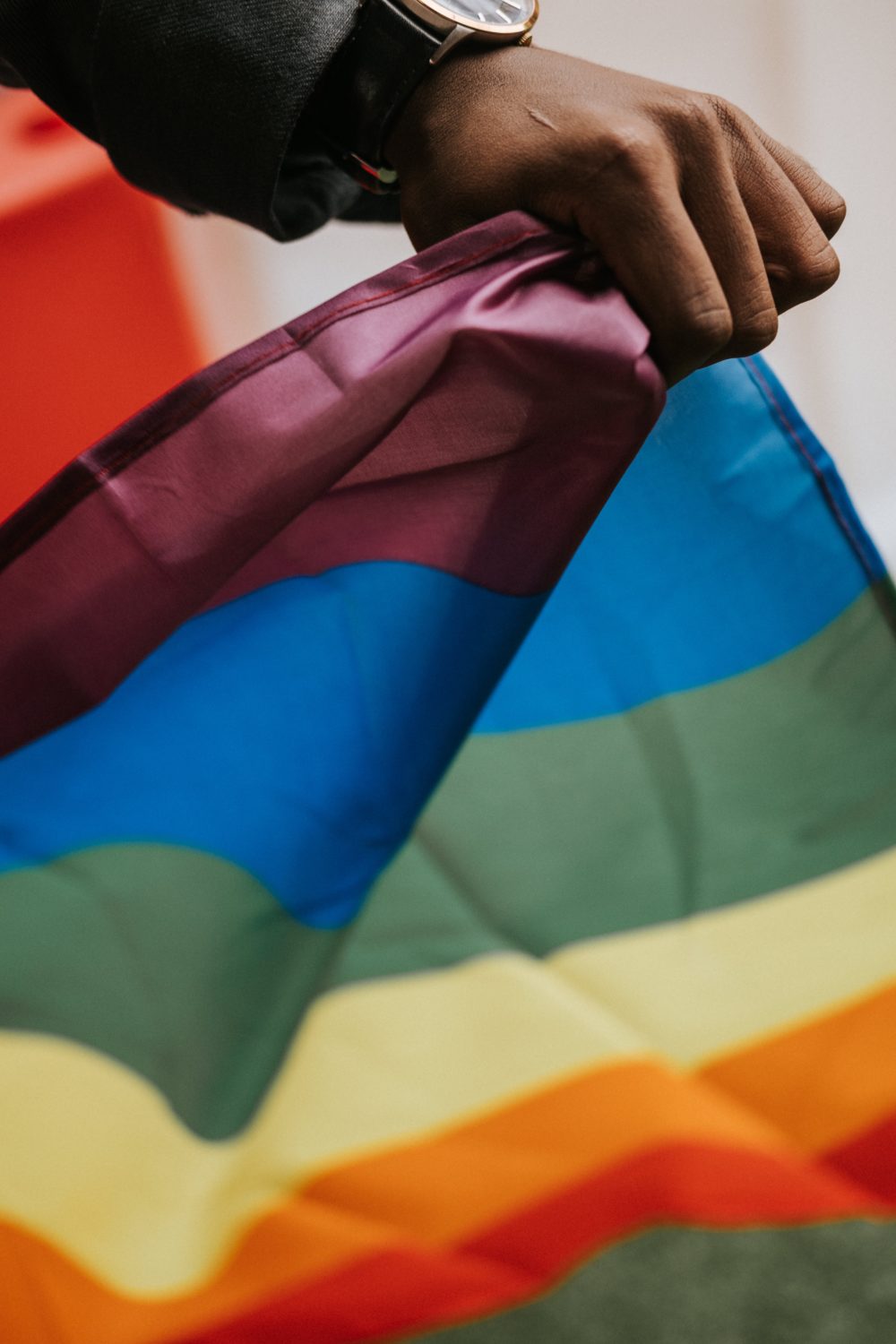
Flags are important symbols that represent countries, organizations, and different beliefs, values, and political opinions. They are often used to commemorate special occasions. Flag making is a complex process that requires great skill and attention to detail. Given the widely-accepted importance of flags, it’s no surprise that people want to know about the artistic process of making them – and there are a few key facts you might be especially interested in.
1. Symbolism
Each flag design is carefully considered to ensure that it accurately represents the thing it stands for. The colors and symbols used on a flag can communicate a great deal of information to people who know how to read them. For example, the stars on the American flag represent the 50 states in the union. The distinctive rainbow pride flags are meant to symbolize diversity and inclusiveness. While it’s possible to create a completely unique design for a flag, it’s important to remember that any flag is meant to be a symbol that can be recognized by the majority of the people who see it. Because of that, you need to keep the common associations of colors and shapes in mind when you’re creating a flag design. It’s about finding a way to be creative within a certain set of written and unwritten rules. Of course, certain imagery changes meaning depending on the culture, and the design process changes with it – depending on the intended audience, a flag designer might be looking to tap into different kinds of symbolism.
2. Flag Types
There are a few different types of flags, each with its own set of requirements. For example, a national flag is meant to represent an entire country, while a state flag represents a specific region within that country. There are also flags for cities, military units, and private organizations like companies or sports teams. Then there are special flags like the Olympic flag, which represents international events and cooperation, and religious flags like the Vatican City flag. Each of these flags has a specific set of design requirements that need to be considered. For example, a city flag might need to include the city’s name and coat of arms, while a military unit flag might need to include the unit’s insignia. The important thing to remember is that certain types of flags have to be made to a specific set of standards, and they often need to be recognizable from a distance.
3. Printing Methods
Different printing methods can be used to create a flag. Many like to visit online stores for print shops from DecoNetwork to see what their options are in this manner The most common type of flag is made using a dye sublimation process. In this process, the design is printed onto a sheet of fabric that’s then heated until the dye turns into a gas and permanently bonds with the fabric. This method is often used for flags because it results in a flag that’s fade-resistant and durable. Another common printing method is screen printing, which is similar to the way t-shirts are printed. In this process, a stencil is used to apply ink to the fabric. The ink is then cured, or dried, using heat. This method is often used for flags because it results in a flag that’s fade-resistant and durable. Of course, the most time-consuming but also the most detailed method is embroidery. In this process, individual stitches are made to create the design on the fabric. While this method is generally not used as often anymore, it can be used to create a very high-quality flag.
4. Fabric Selection
The type of fabric that’s used for a flag is just as important as the design itself. The most common type of fabric that’s used for flags is polyester. Polyester is a synthetic fabric that’s known for being strong and durable. It’s also resistant to fading, so it’s a good choice for outdoor use. Another common type of fabric that’s used for flags is nylon. Nylon is also a synthetic fabric, but it’s lighter than polyester. It’s often used for indoor flags because it doesn’t require as much wind to fly. Of course, there are also many different types of natural fabrics that can be used for flags, like cotton and wool. Natural fabrics are often used for indoor flags because they have a more traditional look and feel, but they aren’t as durable as synthetic fabrics.
5. History Of Flag Making
The art of flag making has a long and interesting history. Flags have been used for centuries to represent countries, cities, military units, and private organizations. The first known flags were used by the Chinese during the Han Dynasty. These flags were made of silk and had different designs that represented different ranks within the military. The Roman Empire also used flags, and their flags were made of wool. The British were some of the first people to use flags as a tool for naval warfare. In the early 1700s, they began using flags to identify different ships in their navy. The American Revolution was also a turning point for flag-making. It was during this time that the first American flag was designed and created.
As you can see, there’s a lot that goes into the art of flag making. There are many different factors that need to be considered, from the design to the fabric selection. But the most important thing to remember is that flags are important because they can represent entire countries, organizations, and even people’s beliefs and values.







